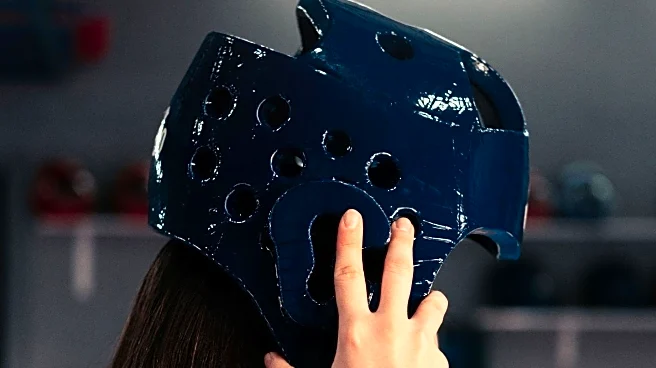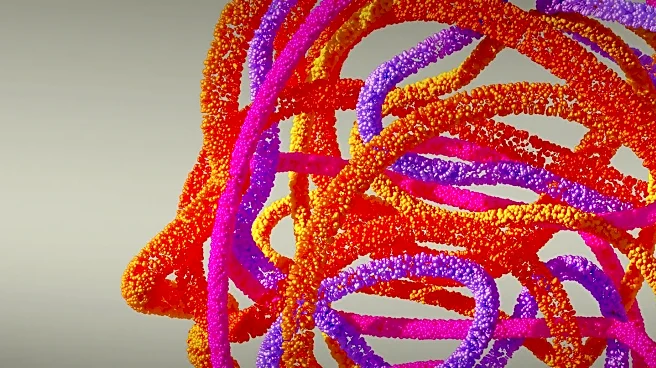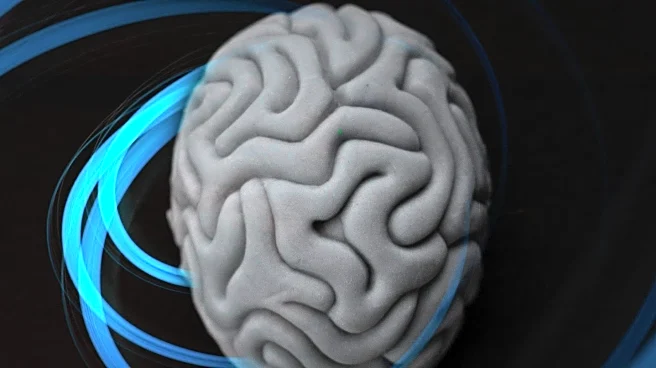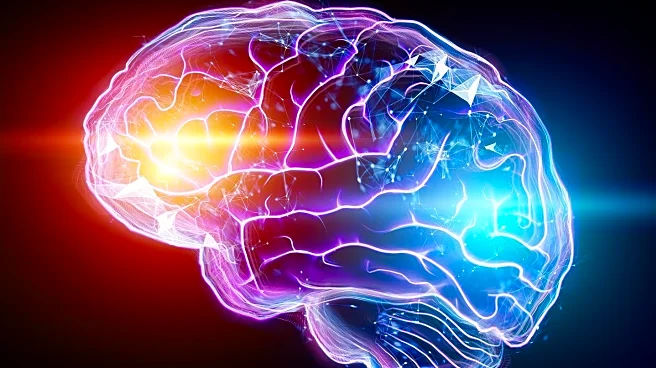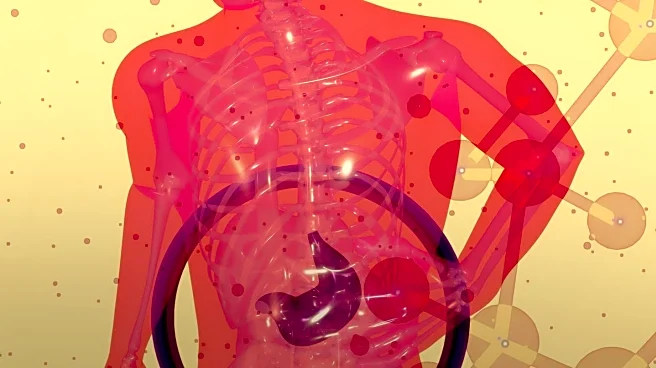What is the story about?
What's Happening?
Researchers at Cheonan Hospital, affiliated with Soonchunhyang University, have discovered a link between psychological and cranial neurophysiological factors in adolescents exhibiting non-suicide self-harm behavior. This behavior, known as Non-suicide Self-Injuries (NSSI), involves intentionally harming oneself without suicidal intent. The study, led by Professor Shim Se-hoon, involved comparing brain waves of 51 adolescents with self-harming behavior to 50 without. The findings revealed that self-harming adolescents showed reduced brain wave amplitude in specific brain electrodes, particularly nogo P3, indicating impaired impulse control and reduced attention concentration. The study suggests that abnormalities in these brain waves are related to depression and interpersonal stress, with decreased brain activity in the frontal lobe contributing to the inability to suppress impulses.
Why It's Important?
The study's findings are significant as they provide a deeper understanding of the neurophysiological underpinnings of non-suicide self-harm in adolescents, a growing social concern. By identifying specific brain wave abnormalities, the research opens avenues for more targeted interventions. Adolescents with these abnormalities may benefit from integrated treatments combining cognitive behavioral therapy and medication to manage mood and emotional issues. This approach could lead to more effective strategies in reducing self-harm incidents, ultimately improving mental health outcomes for affected youths. The research underscores the importance of addressing both psychological and neurophysiological factors in mental health treatment.
What's Next?
The study suggests the need for developing customized treatment strategies focusing on alleviating depressive symptoms and enhancing impulse control. Future research may explore further the relationship between brain wave patterns and self-harm behaviors, potentially leading to new therapeutic techniques. Additionally, the findings could influence mental health policies and practices, encouraging the integration of neurophysiological assessments in routine evaluations of adolescents at risk of self-harm. The study's publication in the international journal Frontiers in Psychiatry highlights its contribution to the global understanding of adolescent mental health issues.
Beyond the Headlines
The research highlights the complex interplay between psychological and neurophysiological factors in mental health, emphasizing the need for a holistic approach to treatment. It raises ethical considerations regarding the use of neurophysiological data in diagnosing and treating mental health conditions, potentially influencing future guidelines and standards in psychiatric care. The study also points to the cultural and societal factors that may contribute to self-harm behaviors, suggesting a need for broader societal interventions alongside individual treatments.
AI Generated Content
Do you find this article useful?
